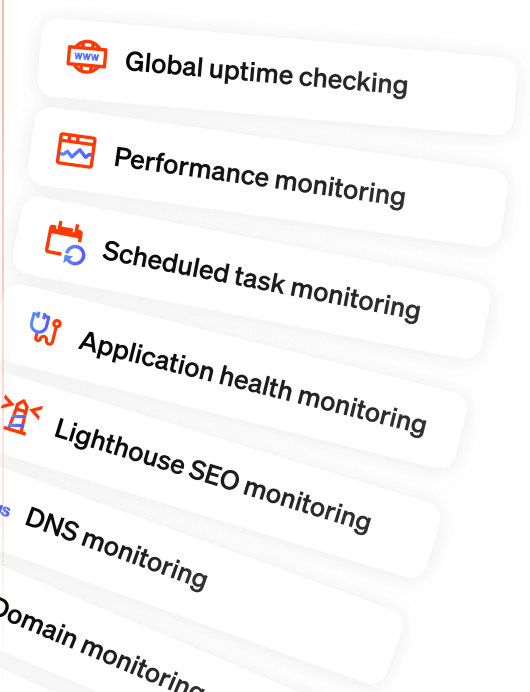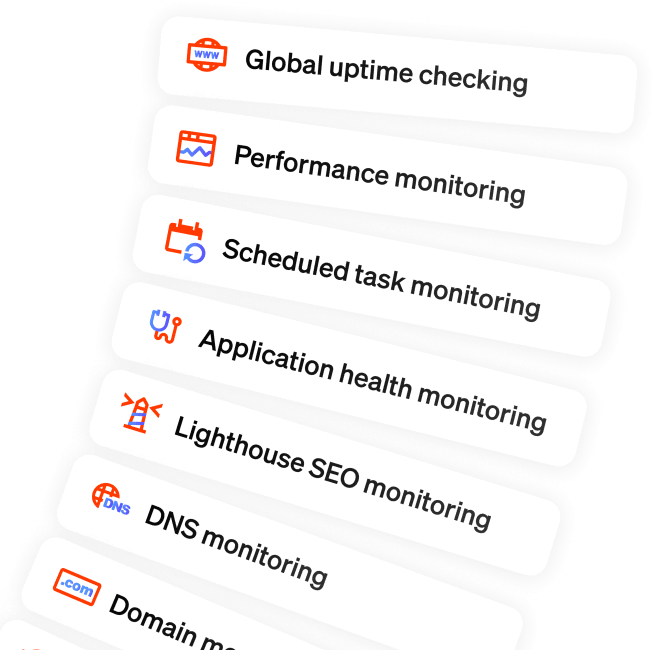Chrome's next steps for security: mixed content checking more important than ever
Published on October 9, 2019 by Mattias Geniar
The team at Chrome has announced their plans for handling mixed content last week on their blog.
We'll highlight the most important details and what the potential impact is.
A security-first approach: what is mixed content? #
As a general reminder: "mixed content" exists when you have a website loaded via HTTPS, that loads insecure resources over plain HTTP. These can be images, CSS or even JavaScript & iFrames.
Certain types of mixed content are already blocked. They won't load in a secure context (= HTTPS site) and your users might find a half-broken or fully broken website. In the console, you'll see notices like these.
Mixed Content: The page at 'https://domain.tld' was loaded over HTTPS, but requested an insecure resource 'http://domain.tld/iframe'. This request has been blocked; the content must be served over HTTPS.
The goal is to protect the user: websites served via HTTPS have an encrypted connection between the user and the server. A man-in-the-middle attack is a lot harder to perform when a site is loaded via HTTPS than via HTTP.
Images, CSS or JavaScript loaded via HTTP could then still be intercepted and modified, potentially compromising your users.
Chrome's plan to auto-upgrade mixed content #
It would have been pretty good for our business use case if Chrome decided to all-out block mixed content. :-)
But, luckily for the smooth operation of the web, they're going about it much smarter.
The timeline is as follows:
In Chrome 80, mixed audio and video resources will be autoupgraded to https://, and Chrome will block them by default if they fail to load over https://. Chrome 80 will be released to early release channels in January 2020.
Also in Chrome 80, mixed images will still be allowed to load, but they will cause Chrome to show a “Not Secure” chip in the omnibox. We anticipate that this is a clearer security UI for users and that it will motivate websites to migrate their images to HTTPS.
Marking websites as non-secure has been a gradual process since early last year, when all HTTP sites were shown a similar message.
Early next year, Chrome 81 will force upgrade all non-secure elements on a secure page to HTTPS.
In Chrome 81, mixed images will be autoupgraded to https://, and Chrome will block them by default if they fail to load over https://. Chrome 81 will be released to early release channels in February 2020.
In other words: if your images, css or JavaScript aren't able to be served by HTTPS, they'll be blocked by default.
Start scanning for mixed content today #
This is probably a good time to mention that Oh Dear! has mixed content checking available for all our users (on top of our broken links checking).
If you don't want to be caught by surprise early next year, make sure you monitor for mixed content and preventively upgrade all your links & resources to HTTPS.
This would be especially important if your assets are served on a subdomain or different server that isn't capable of serving HTTPS just yet. Once Chrome auto-upgrades those to HTTPS, they'll stop working for your users altogether.


